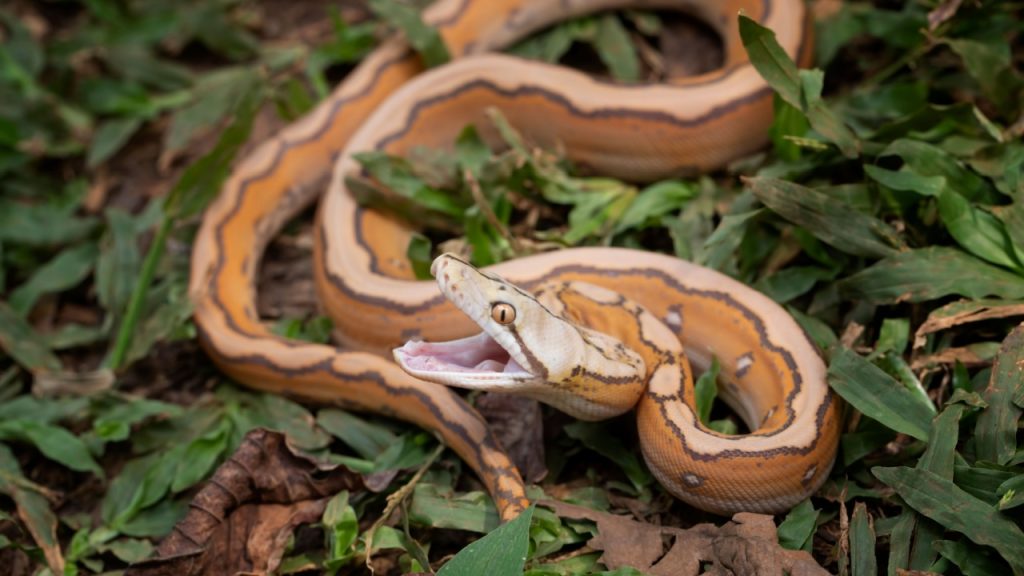Plenty of people are scared of snakes. Afterall, some species of snake are venomous and most folks couldn’t tell the difference between a rattler and a grass snake. Plus, they’ve got no legs, they’ve got those strange, reptilian eyes and flickering tongue, and they’re generally alien to us. So, while I’m not afraid of snakes (although I have a healthy respect for them), I understand why.
But, while fearsome, they’re not at the top of the food chain. Many animals have evolved to hunt and eat snakes. In some places, even humans willingly eat snakes. From birds of prey to mammals and even other reptiles, snake-eating animals come in all shapes and sizes.
King Cobra
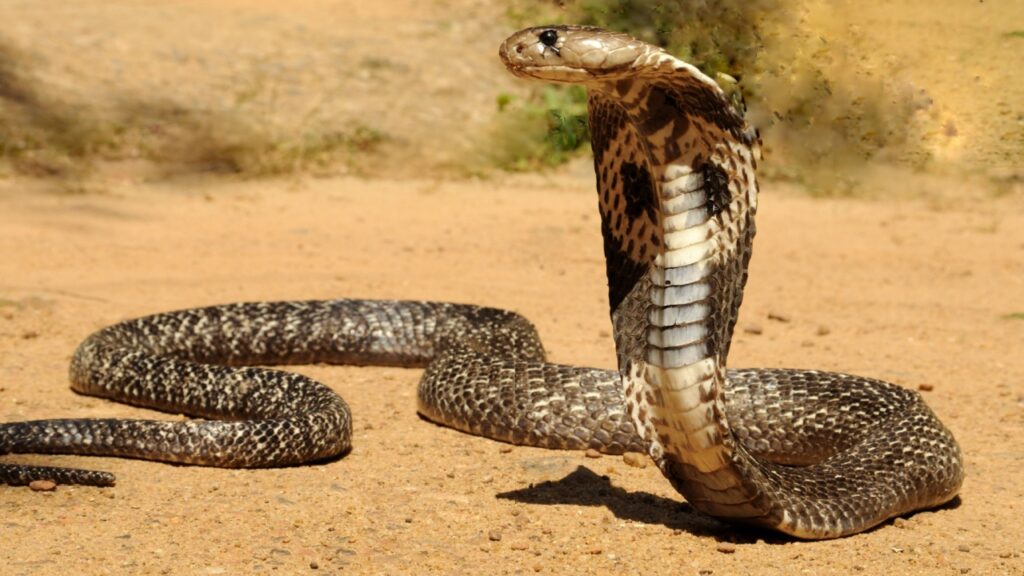
In a twist of serpentine cannibalism, the king cobra is known to eat other snakes, including its own species. As the world’s longest venomous snake, king cobras can grow up to 18 feet long. They use their potent venom to subdue their prey, which consists mainly of other snakes. This diet of snakes has earned them the nickname “snake eater” in many parts of their range.
Mongoose
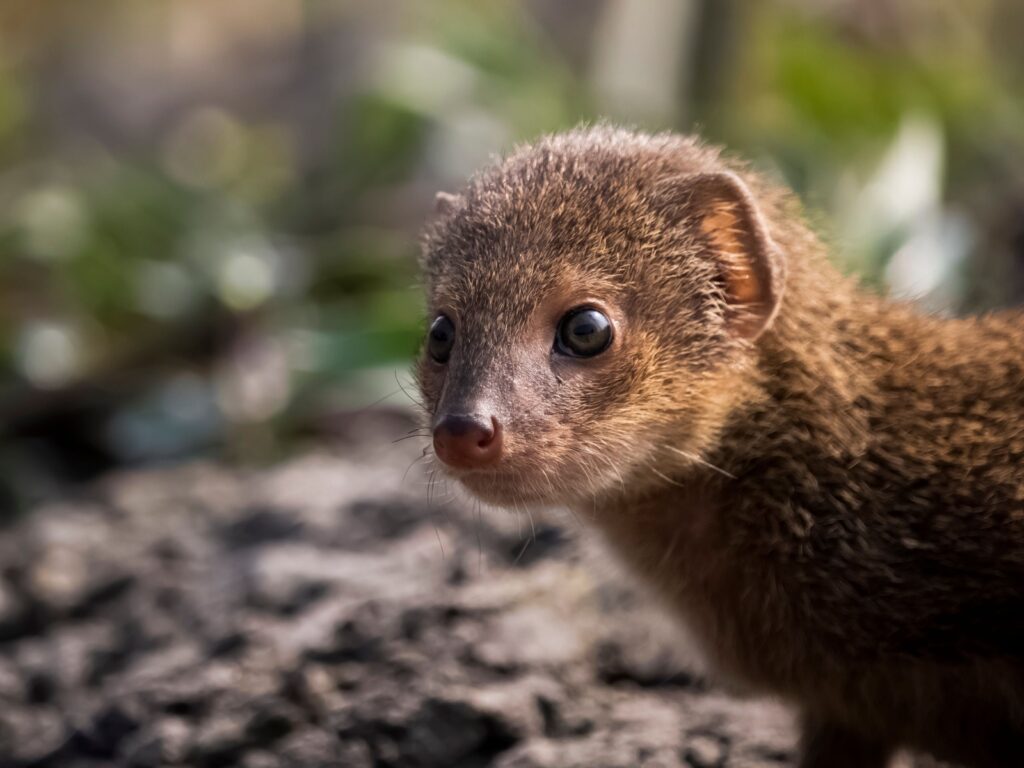
Mongooses are famous for their snake-hunting abilities, especially when it comes to taking on venomous cobras. These small mammals are quick and agile, with thick fur that helps protect them from snake bites. Mongooses have developed a partial immunity to snake venom, allowing them to survive bites that would be lethal to other animals their size. They often work in groups to overwhelm and kill snakes.
Secretary Bird

The secretary bird is a large, terrestrial bird of prey native to Africa. With its long legs and powerful beak, this bird is well-equipped to hunt snakes. Secretary birds stamp on their prey with their feet, using their sharp talons to kill or stun the snake. They then use their beaks to tear the snake apart or swallow it whole if it’s small enough.
Honey Badger
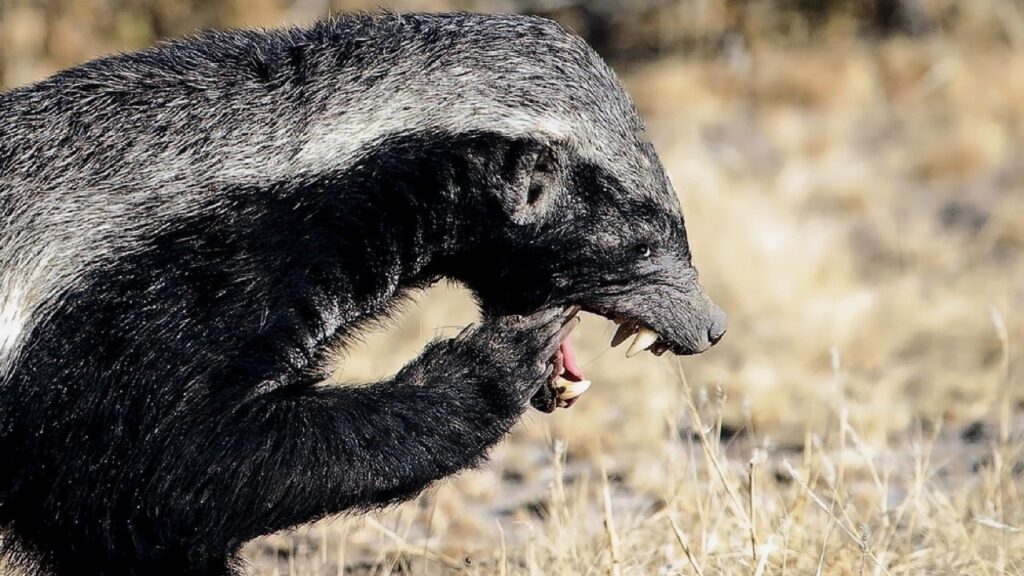
Honey badgers are known for their fearlessness, and this extends to their diet. These muscular mammals will readily take on venomous snakes, seemingly unfazed by their bites. Honey badgers have thick, loose skin that helps protect them from snake bites, and they’ve developed a partial resistance to venom. They use their sharp claws and strong jaws to overpower and eat snakes of various sizes.
Red-Tailed Hawk
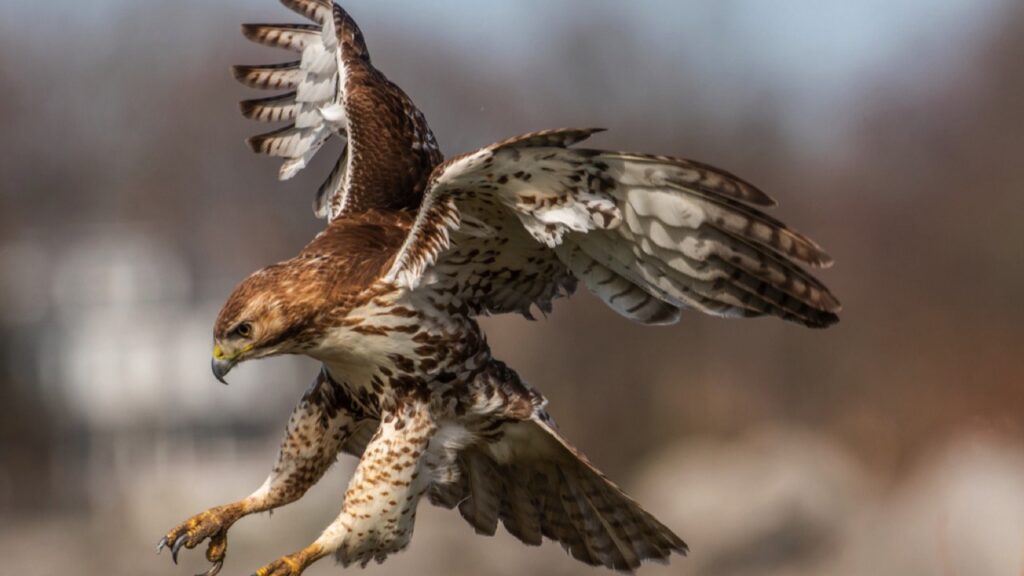
Red-tailed hawks are opportunistic predators that will hunt and eat snakes when the opportunity arises. These birds of prey have excellent eyesight, allowing them to spot snakes from high in the air. They swoop down and grab snakes with their sharp talons, often killing them mid-air before returning to a perch to eat their meal. Red-tailed hawks are skilled enough to tackle even venomous snakes like rattlesnakes.
King Snake
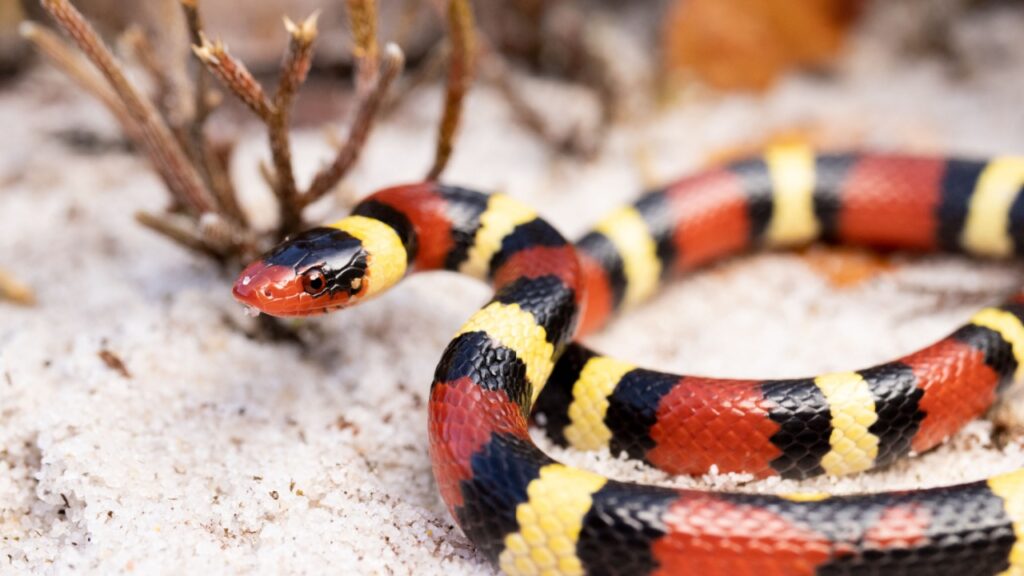
King snakes are non-venomous constrictors that have earned their name by eating other snakes, including venomous species. They’re immune to the venom of pit vipers, which allows them to prey on rattlesnakes and copperheads. King snakes use their strong coils to constrict and kill their prey before swallowing it whole. Their diet of other snakes helps control populations of more dangerous snake species.
Roadrunner
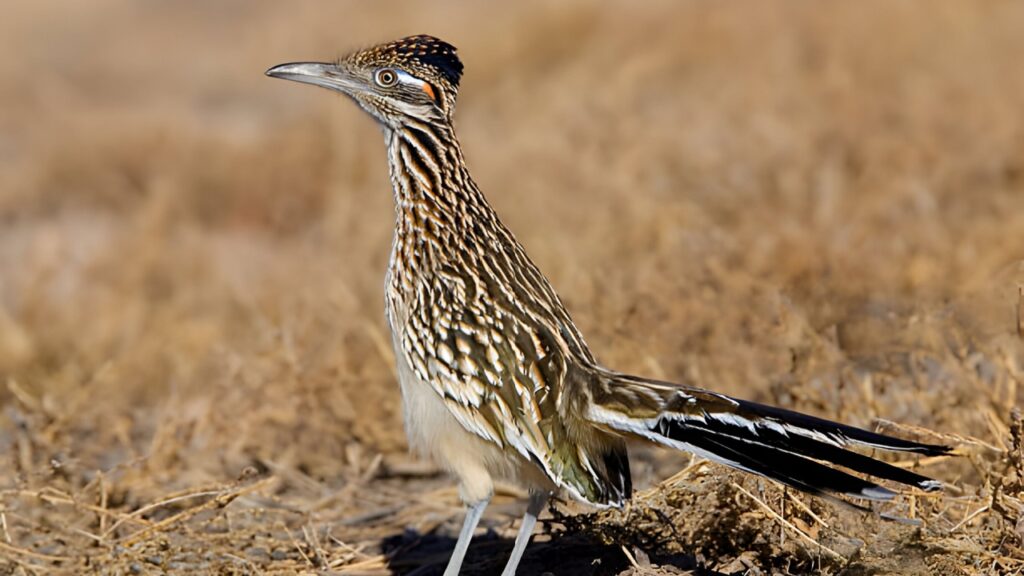
Despite what cartoons might have you believe, roadrunners are skilled snake hunters. These fast-running birds are quick enough to dodge snake strikes and can kill their prey with rapid pecks from their sharp beaks. Roadrunners are known to eat various snake species, including venomous ones like rattlesnakes. They sometimes work in pairs to tackle larger snakes.
Hedgehog
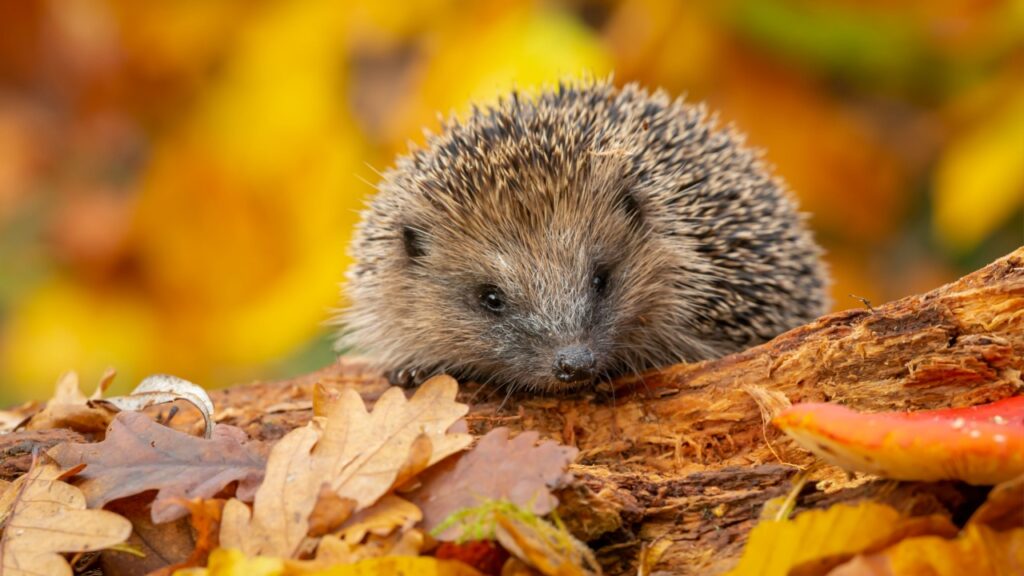
Hedgehogs might look cute and cuddly, but they’re actually formidable predators when it comes to snakes. Their spiky quills provide excellent protection against snake bites. Hedgehogs will attack snakes by curling into a ball and rolling into them, using their quills to injure the snake. Once the snake is wounded, the hedgehog will uncurl and bite it repeatedly until it’s dead.
Bobcat
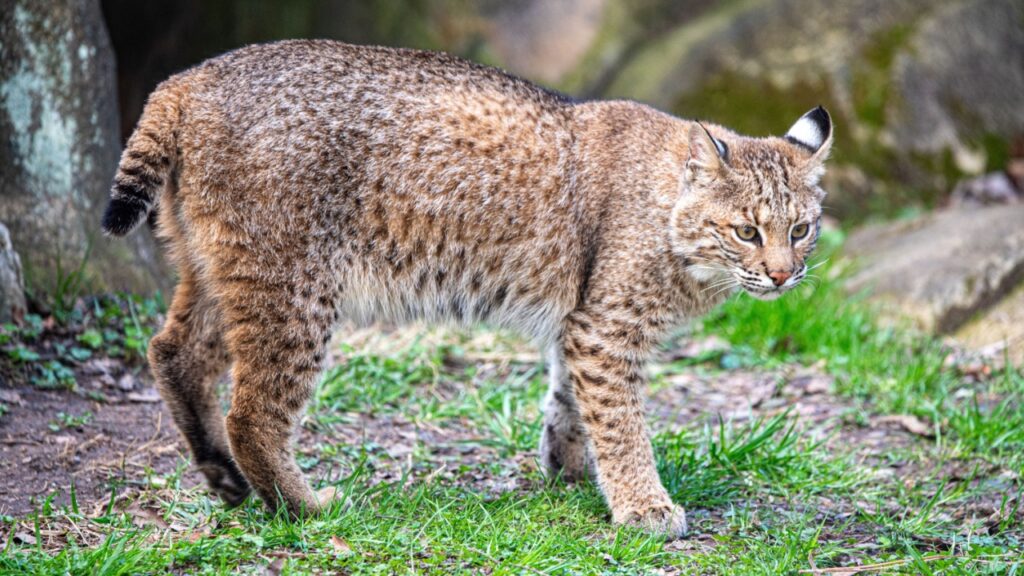
Bobcats are skilled hunters that will eat snakes when the opportunity presents itself. These medium-sized wild cats are quick and agile, able to dodge snake strikes while delivering their own fatal blows. Bobcats typically hunt snakes by pouncing on them and delivering a bite to the head or neck. Their thick fur provides some protection against snake bites.
Owl
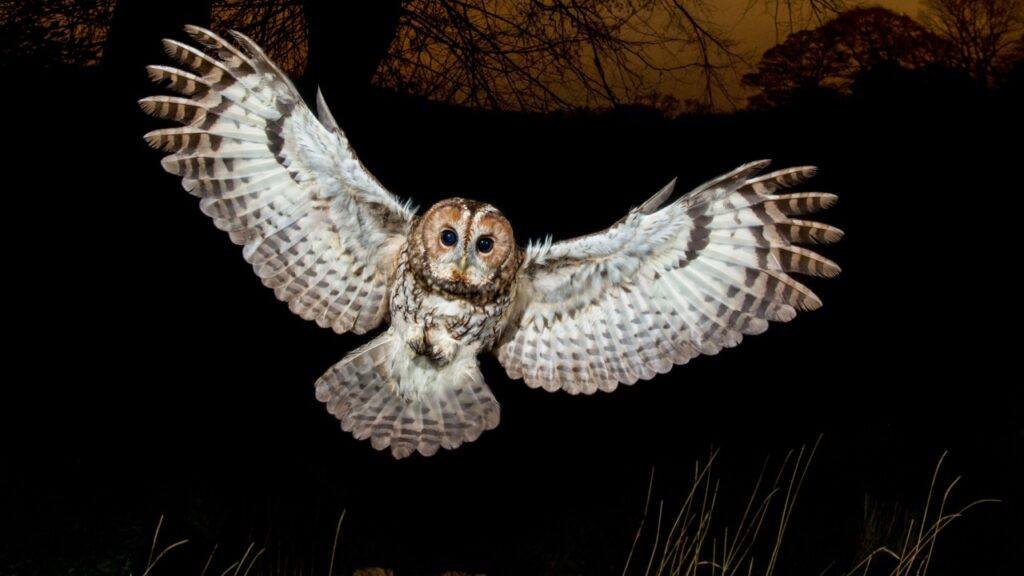
Many owl species, such as the great horned owl and barred owl, include snakes in their diet. Owls’ silent flight and excellent night vision make them effective nighttime snake hunters. They swoop down and grab snakes with their powerful talons, often killing them instantly. Owls typically swallow smaller snakes whole and tear larger ones into pieces.
Laughing Falcon
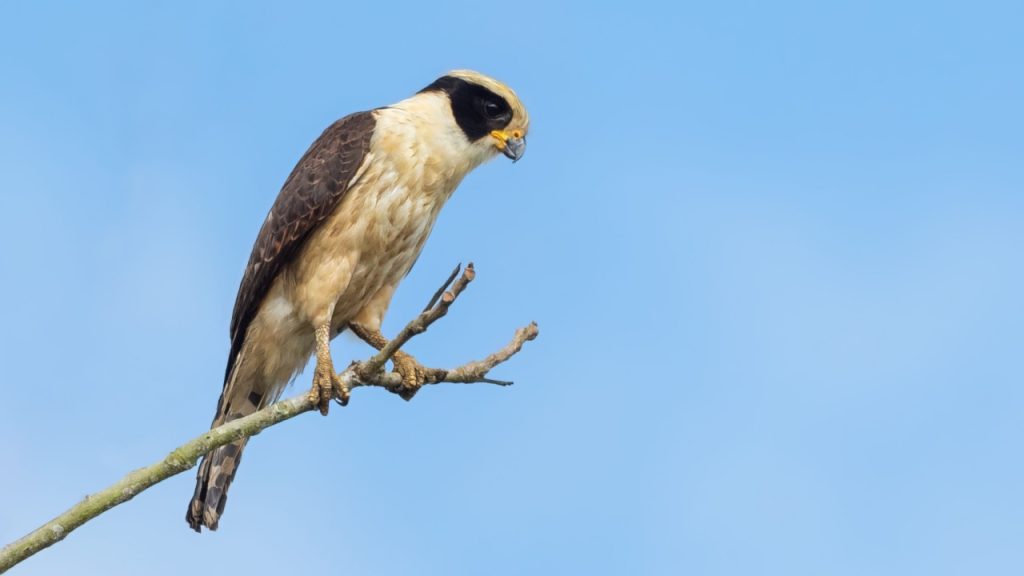
The laughing falcon, also known as the snake hawk, specializes in eating snakes. Native to the Americas, this bird has developed a unique hunting strategy for tackling venomous snakes. It grabs the snake behind the head with its talons, preventing it from striking. The falcon then uses its sharp beak to sever the snake’s spine, quickly dispatching its prey.
Indigo Snake
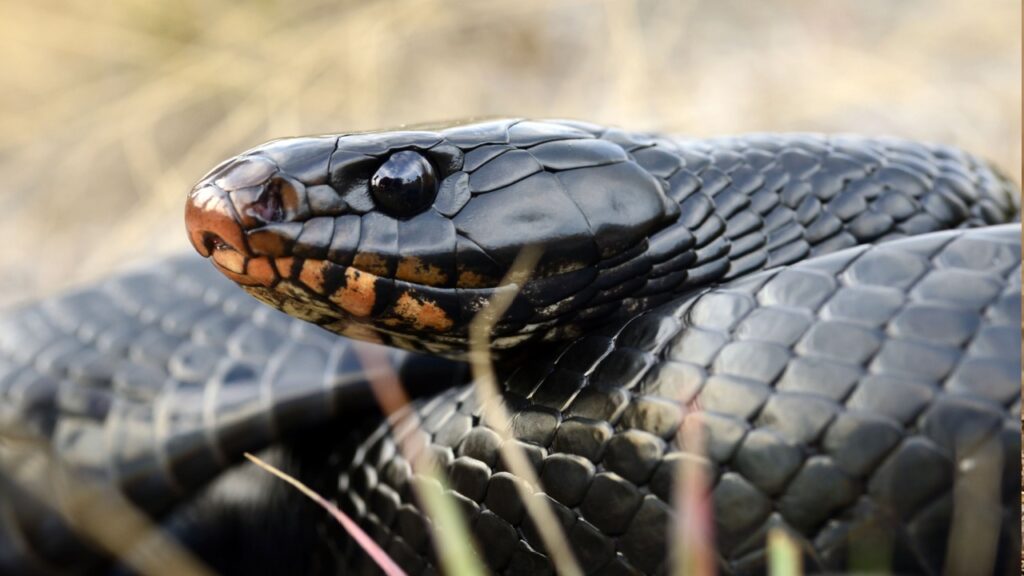
Indigo snakes are large, non-venomous snakes that often prey on other snake species, including venomous ones. They’re immune to the venom of pit vipers, allowing them to safely eat rattlesnakes and copperheads. Indigo snakes use their size and strength to overpower their prey, swallowing other snakes whole. Their snake-eating habits make them valuable for controlling populations of more dangerous snake species.
Wild Boar
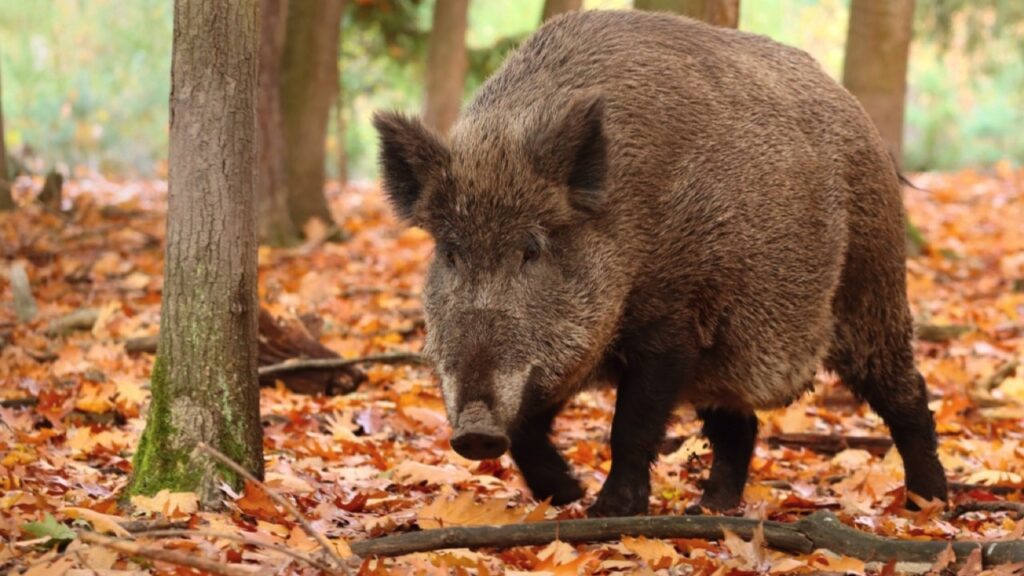
Wild boars are omnivorous animals that will eat almost anything, including snakes. Their thick hide and layer of fat provide some protection against snake bites. Wild boars use their sharp tusks and powerful snouts to kill snakes, often stomping on them or tossing them into the air. They’re known to eat both venomous and non-venomous snake species.
Perentie
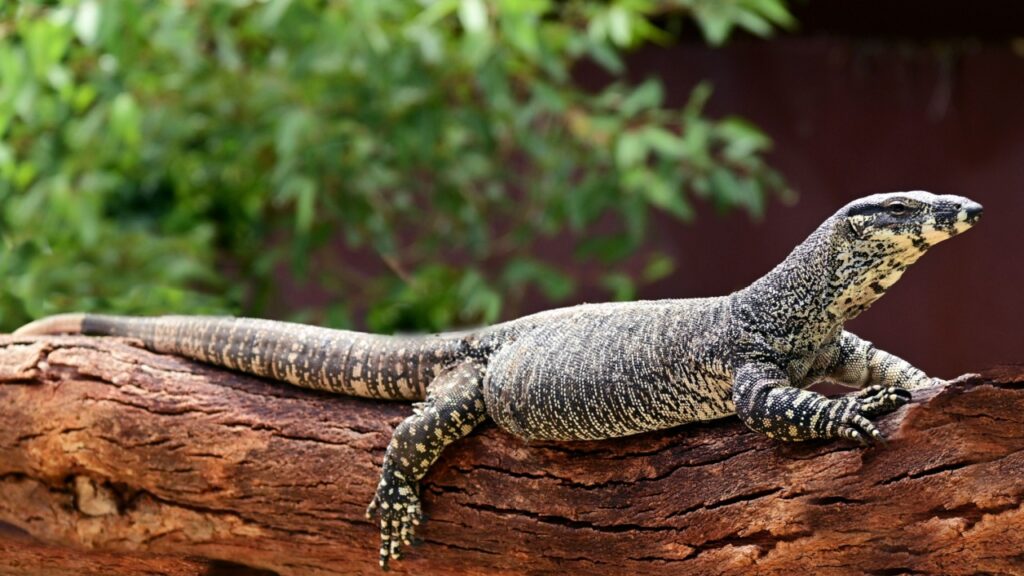
The perentie is Australia’s largest monitor lizard and a formidable snake predator. These large reptiles are fast and powerful, able to overpower even venomous snakes. Perenties have a partial immunity to snake venom, allowing them to survive bites that would be fatal to other animals. They use their sharp claws and teeth to kill snakes before swallowing them whole.
California Ground Squirrel
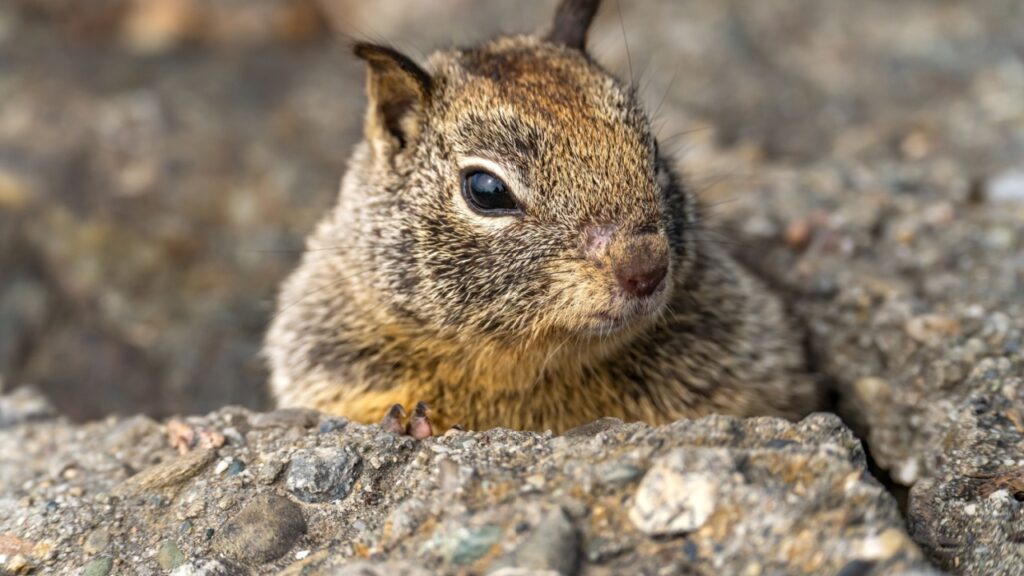
In an interesting twist, California ground squirrels have evolved to be effective snake predators, particularly against rattlesnakes. These squirrels have developed a partial immunity to rattlesnake venom. They’re known to attack rattlesnakes by kicking sand in their faces and biting them. Adult ground squirrels will even chew on shed rattlesnake skins, which may help boost their venom resistance.

